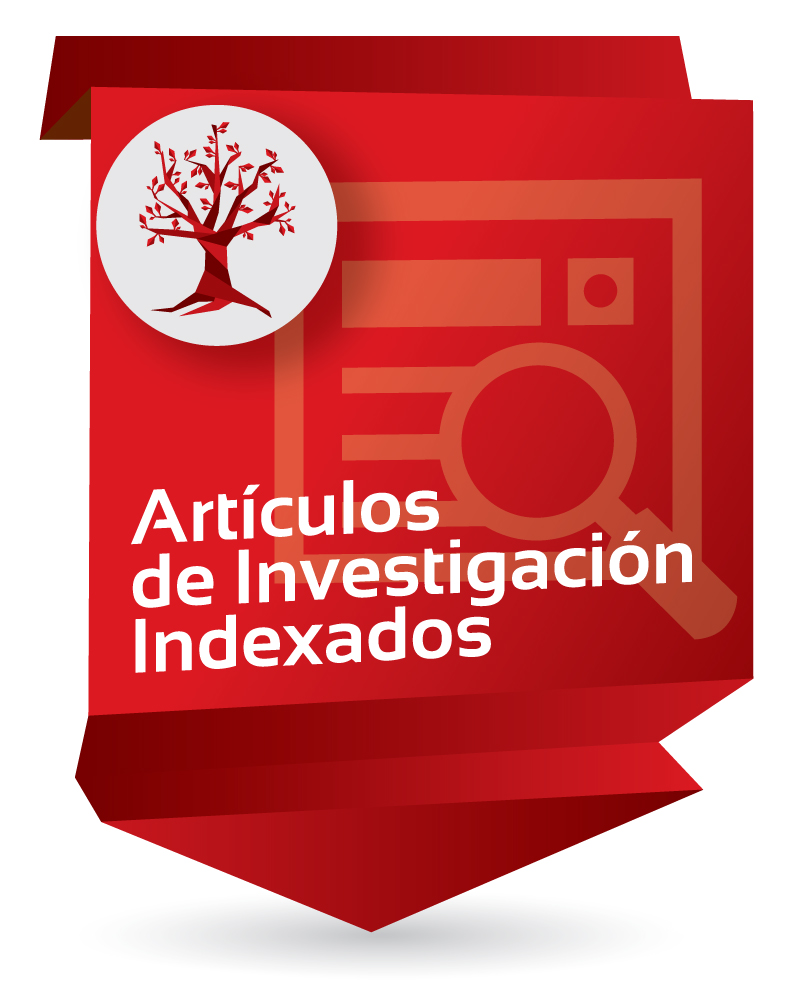Effect of extraction processing parameters using a ribbon blender on the physicochemical properties of coffee

Item Links
URI: http://hdl.handle.net/10818/62187Visitar enlace: https://www.scopus.com/inward/ ...
ISSN: 18096875
DOI: 10.25186/.v19i.2184
Compartir
Statistics
View Usage StatisticsBibliographic cataloging
Show full item recordDate
2024Abstract
In this study, we investigated the impact of water-coffee ratio, time, and stirring speed on percolation in a horizontal ribbon blender. We analyzed their influence on total soluble solids, extraction rate, titratable acidity, and extraction yield. The coffee extract was obtained in a pilot unit at a constant temperature of 85°C and varying the water-coffee ratio (w/w) from 4:1 to 10:1; the stirring speed between 30 and 95 RPM and the extraction time from 10 to 60 min. It was determined that the water-coffee ratio was the factor that had a significant influence on all the response variables, while time and stirring were significant for the extraction rate and titratable acidity. The optimal conditions of soluble solids, extraction yield, extraction rate, titratable acidity, and chlorogenic content were a water temperature of 85°C, a water-coffee ratio (w/w) of 4:1, and a stirring speed of 66 rpm for 10 min. At these conditions, an extract of 5.85% Total Dissolved Solids, 14.54% as yield, an extraction rate of 654.8 g/h, and a content of 5.62 mg of CGA/mL was obtained. Hence, this study presents an alternative process to obtain coffee extract in producing soluble coffee at a low industrial scale. © 2024, Editora UFLA. All rights reserved.
Ubication
Coffee Science Vol. 19
Collections to which it belong
- Facultad de Ingeniería [582]

















